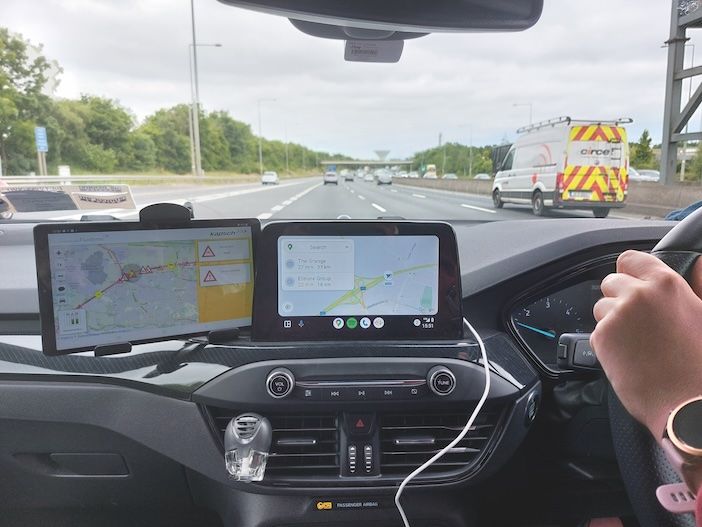Fully connecting vehicles to traffic management offers multiple benefits, particularly when it comes to delivering almost instant safety information. Tom Stone takes a look at a new pilot in Ireland, being conducted as a partnership between Transport Infrastructure Ireland (TII) and Kapsch TrafficCom, which illustrates some of the potential of such systems that could one day be deployed right across Europe
Transport Infrastructure Ireland (TII) has embarked on an ambitious €10 million pilot program that’s transforming ordinary vehicles into smart, connected participants in a nationwide traffic management system.
The initiative, part of the broader European C-Roads platform (see European Integration overleaf) offers a glimpse into how cooperative intelligent transport systems (C-ITS) might reshape our driving experience in the coming decades.
“We see this as being the future of traffic management,” says David Laoide-Kemp, TII’s senior engineer ITS. “It’s a very important step up in how we identify incidents, respond quickly to them, and actually disseminate the required information to road users.”
From road signs to real-time alerts
The traditional approach to traffic management relies heavily on physical infrastructure – variable message signs, traffic cameras, and a huge number of warning cones and signs for work zones. While effective, these systems have inherent limitations. When incidents occur, drivers often encounter them with little or no warning, creating the risk of secondary collisions.
The TII C-ITS pilot program, launched on January 31, 2024, aims to change this by enabling direct communication between vehicles, infrastructure and traffic management centers. The project has already deployed 74 roadside units across 60km (37 miles) of key routes, including the M50 ring road around Dublin and the M1 motorway to Belfast.

“We’re disseminating information directly to the driver, into their vehicle, at wherever their location might be,” says Laoide-Kemp. “We no longer have to think about where the variable message signs might need to be, because we’re communicating directly with the vehicles themselves.”
The pilot gives significant advantages over existing third-party navigation solutions like Google Maps. Steve Sprouffske, vice president of connected vehicles at Kapsch TrafficCom, the technology provider for the project, draws an important distinction: “We’re working with the operational traffic services system. The roadway operator has real-time insight into the conditions of the roadway, and we’re able to deliver information that’s reactive and sometimes predictive in a near real-time setting.”
“We see this as being the future of traffic management. It’s a very important step up in how we identify incidents, respond quickly to them, and actually disseminate the required information to road users”
David Laoide-Kemp, senior engineer ITS, Transport Infrastructure Ireland
Laoide-Kemp meanwhile emphasizes the importance of having the road operator in control: “This technology gives us, as the road operator, the opportunity and the right to manage our own network. The messaging that is appropriate to that incident comes directly from us – a trusted source.”
A two-pronged approach
The pilot employs both hardware-based and smartphone-based solutions to reach as many drivers as possible. To date, 52 vehicles have been equipped with dedicated onboard units, while over 700 drivers are participating through a mobile app. Both systems provide real-time alerts about road conditions, incidents, and potential hazards.
“The role of the road operator is going to be really important for autonomous vehicle safety and mobility”
Steve Sprouffske, vice president of connected vehicles, Kapsch TrafficCom
Sprouffske emphasizes the significance of this dual approach: “We’re deploying both short-range communications with the RSU and onboard-unit pairing in one segment of the project, while for other portions, we’re delivering services across the cellular network through the mobile app (see Wi-fi vs cellular, below for more). “This allows us to unhitch ourselves from the physical aspects of short-range communication and reach early adopters while we wait for infrastructure and OEMs to begin to deploy the technology within their vehicles.”
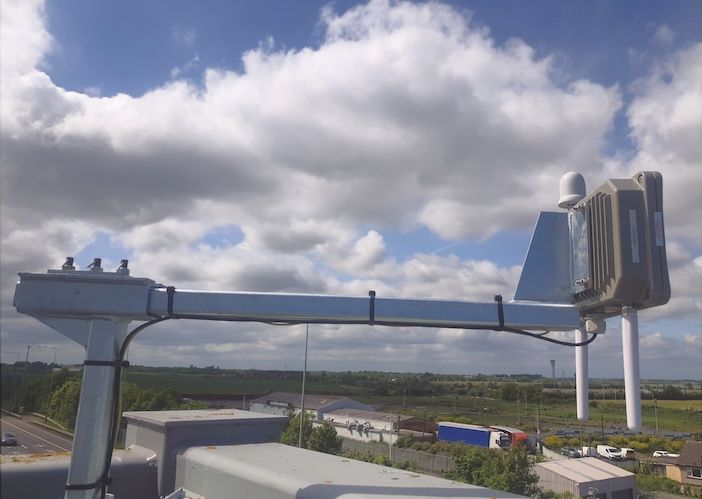
It is not necessary to have every vehicle on a system connected – even with only a small percentage of around 20% reacting to C-ITS messages there can be a knock-on effect to other non-connected users as they follow the traffic trend.
This works through what might be called a “sheep effect,” as Laoide-Kemp explains: “The non-connected vehicles essentially react to those that are connected… it’s like a sheep thing – one follows another.”
The data dimension
One of the most powerful aspects of the system is its ability to collect and analyze data from connected vehicles. Sprouffske explains that the system captures detailed vehicle status information 10 times per second, including location, speed, and even weather-related data such as wiper activity.
“There’s a lot of information that we can gather with the collaboration of the OEMs and users to identify and early report on different conditions that our users may be seeing on the roadway,” he says.
This wealth of data feeds into what Kapsch calls its Orchestrated Connected Corridor Platform, a comprehensive system that integrates traditional traffic management with connected vehicle services. The platform enables predictive analytics, proactive maintenance, and more efficient incident response planning.
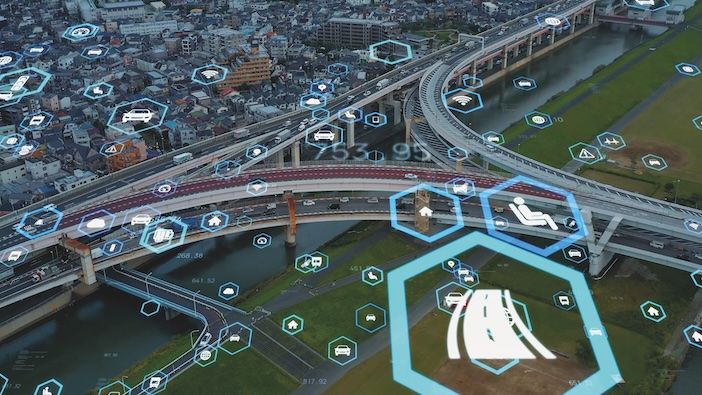
Currently, the system relies on aftermarket solutions and onboard units, but the goal is to simplify this approach. “We’ve added complexity,” acknowledges Tim Wray, UK and Ireland sales director for Kapsch TrafficCom. “But what I’m trying to do is get the technology stack, the height of that technology stack, a bit lower.”
A crucial element in the project’s future success, and lowering this stack, lies in engaging with vehicle manufacturers. The team has already established a relationship with the Volkswagen Group and is looking to expand partnerships. “We need to start pushing those guys by showing them this is live, this is working in Ireland,” says Wray.
Beyond traditional infrastructure
The implications of this shift toward connected vehicles extend far beyond simple traffic alerts. For TII, it represents an opportunity to expand their traffic management capabilities while potentially reducing infrastructure costs.
“We have and continue to invest in conventional ITS, and it is extremely useful,” says Laoide-Kemp, “but at some point in time, if we move over to fully or near-full connected vehicle fleet, it would mean that we can start reducing the need for conventional ITS infrastructure.”
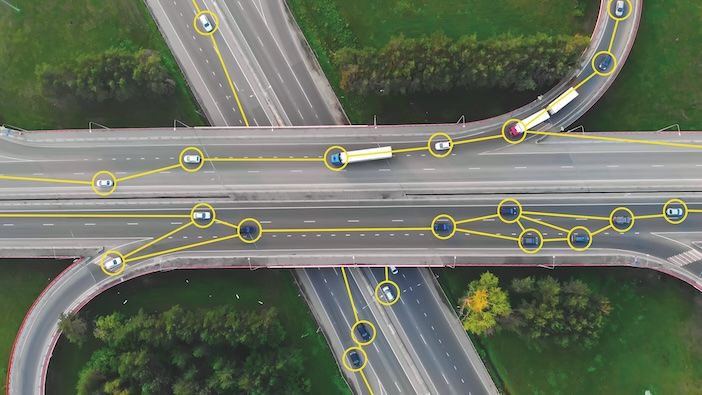
This transition could lead to demonstrable cost savings in maintenance while extending traffic management capabilities to areas previously considered too costly to cover. “When we’re no longer restricted to those high priority roads based on volume, we could potentially use this technology on any road, any national road or even regional roads,” says Laoide-Kemp.
There are uses for both [cellular and wi-fi], and you’re going to have coexistence with both. There are a lot of safety benefits and near real-time use cases that are going to need the low-latent communications
Steve Sprouffske, vice president of connected vehicles, Kapsch TrafficCom
With the efficiency gains of replacing expensive physical infrastructure with connected vehicle solutions, experts at Kapsch TrafficCom are keen that C-ITS begins moving out of the pilot phase and into everyday usage. “We don’t want it to fall off the end of a cliff and say, ‘right, yep, we proved it, let’s all go home.’ We want this to become business as usual,” says Wray. “If we can demonstrate that this is a plausible, long-term solution, we can start driving down costs.”
Next steps
The project is scheduled to conclude its various phases over the coming months. While one component focuses on scale and the other on interoperability, the combined learnings could serve as a springboard for future expansion
The cost of deployment could be justified by the safety improvements promised by the technology, enabled by accident alerts and automated braking responses.
Looking further ahead, the pilot program is laying groundwork for even more advanced applications. “We see autonomous vehicles as also coming in a certain time frame,” says Laoide-Kemp, “and those vehicles will certainly need a degree of connectivity, which could be provided by the system that we are talking about here.”
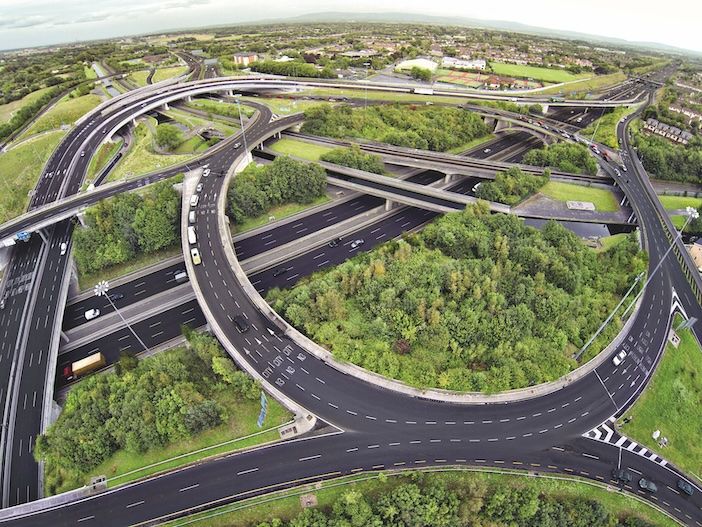
Sprouffske outlines several potential future applications, including advanced video analytics for incident detection, load balancing across different routes, and enhanced support for autonomous vehicles.
“The role of the road operator is going to be really important for autonomous vehicle safety and mobility,” says Sprouffske. “There are several things, like the trust factor, being able to look at the corner cases and extending the safety bubble of that autonomous vehicle, that are going to be really important.”
As the pilot continues, it joins similar initiatives in Germany, Australia, and Florida in pushing the boundaries of what’s possible in traffic management. For Ireland, it represents not just a technological advancement, but a shift in how we think about road safety and traffic management – from reactive to proactive, from isolated to connected, and from infrastructure-heavy to intelligence-driven.
With potential new funding on the horizon and growing interest from vehicle manufacturers, Ireland’s C-ITS project could serve as a model for connected vehicle infrastructure worldwide.
Extra: Wif-fi vs Cellular
While cellular technology plays an increasingly crucial role in connected vehicle systems, the future might not be as simple as choosing between cellular and direct short-range communications (DSRC).
“There’s uses for both, and you’re going to have coexistence with both,” Steve Sprouffske of Kapsch explains. “There are a lot of safety benefits and near real-time use cases that are going to need the low-latent communications aspects of short-range communications.”
David Laoide-Kemp of TII raises an important point about network resilience: “The approach that we’ve been advised on is thatmaybe in those heavily volume routes, we bring in roadside
units that are fed by our own fiber optic cable. So it’s our own network that does the communication. We’re not reliant on the cellular.”
This article was first published in the December 2024 edition of TTi magazine
For an in-depth analysis of this project you can still watch the TTi webinar with Kapsch TrafficCom and TII on demand.
Images: AdobeStock, Kapsch TrafficCom


